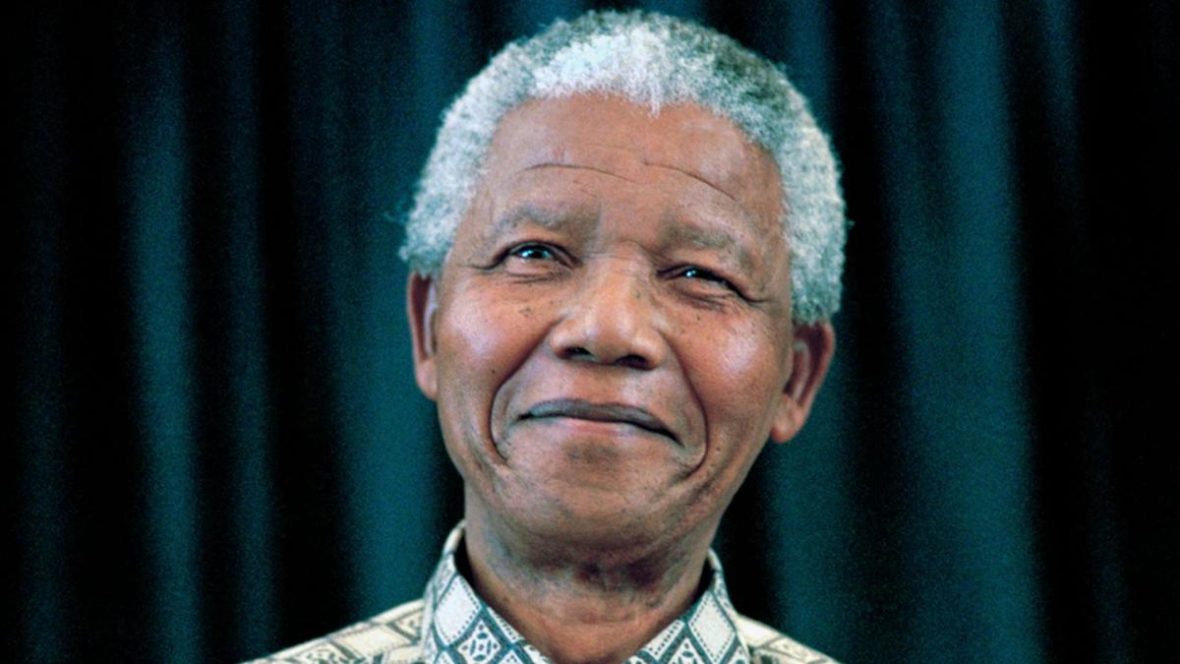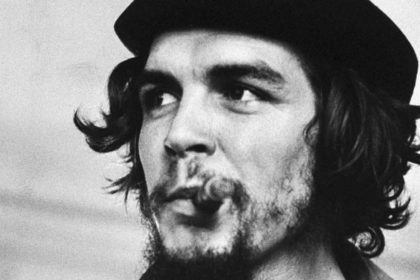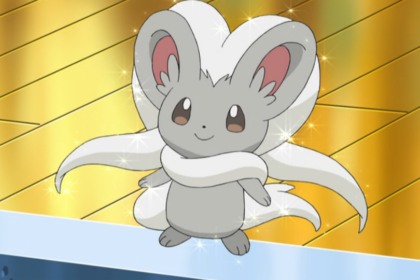Nelson Rolihlahla Mandela was a South African anti-apartheid revolutionary, political leader, and philanthropist, who served as President of South Africa from 1994 to 1999. He was the country’s first black head of state and the first elected in a fully representative democratic election. Take a look below for 30 more inspiring and interesting facts about Nelson Mandela.
1. His government focused on dismantling the legacy of apartheid by tackling institutionalized racism and fostering racial reconciliation.
2. Ideologically an African nationalist and socialist, he served as President of the African National Congress party from 1991 to 1997.
3. A Xhosa, Mandela was born to the Thembu royal family in Mvezo, British South Africa.
4. He studied law at the University of Fort Hare and the University of the Witwatersrand before working as a lawyer in Johannesburg.
5. In Johannesburg, he become involved in anti-colonial and African nationalist politics, joining the ANC in 1943 and co-founding its Youth League in 1944.
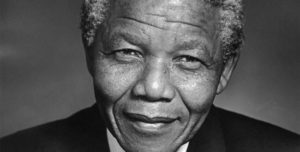
6. Mandela was appointed President of the ANC’s Transvaal branch, rising to prominence for his involvement in the 1952 Defiance Campaign and the 1955 Congress of the People.
7. He was repeatedly arrested for seditious activities and was unsuccessfully prosecuted in the 1956 Treason Trial.
8. Influenced by Marxism, he secretly joined the banned South African Communist Party.
9. Although initially committed to non-violent protest, in association with the SACP he co-founded the militant Umkhonto we Sizwe in 1961 and led a sabotage campaign against the government.
10. In 1962, he was arrested for conspiring to overthrow the state and sentenced to life imprisonment in the Rivonia Trial.
11. Mandela served 27 years in prison, initially on Robben Island, and later in Pollsmoor Prison and Victor Verster Prison.
12. When he was released from prison, Mandela and President F.W. de Klerk negotiated an end to apartheid and organized the 1994 multiracial general election, in which Mandela led the ANC to victory and became President.
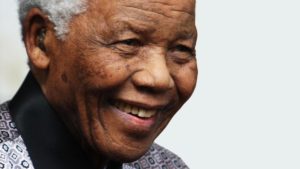
13. Leading a broad coalition government which promulgated a new constitution, Mandela emphasized reconciliation between the country’s racial groups and created the Truth and Reconciliation Commission to investigate past human rights abuses.
14. In 1952, Mandela and Oliver Tambo set up South Africa’s first black run law firm. They provided affordable legal counsel to blacks who had broken Apartheid-era laws.
15. In 1961, he co-founded Spear of the Nation or MK, the militant wing of the African National Congress.
16. Mandela was a master of disguise and a genius at evading arrest. He was dubbed the Black Pimpernel for his legendary ability to escape capture.
17. Mandela was known for frequently disguising himself as a fieldworker, a chauffeur or a chef.
18. He was dressed in a chauffeur’s outfit when he was finally arrested.
19. Mandela’s speech during his trial received international attention and was published as I Am Prepared to Die. Ironically, expressing a willingness to be executed helped spare him that fate.
20. During his incarceration on Robben Island, Mandela and the other prisoners would communicate by leaving notes in discarded matchboxes, under piles of dirty dishes, and taped in toilet tanks.
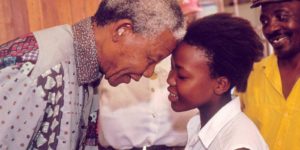
21. By secretly passing notes in prison, Mandela and the other prisoners organized a hunger strike and succeeded in their effort to improve their living conditions.
22. In 1985, South African President P.W. Botha offered Mandela his freedom if he would agree to renounce armed struggle. He refused, saying, “What freedom am I being offered while the organization of the people remains banned? Only free men can negotiate. A prisoner cannot enter into contracts.”
23. Mandela had a cameo in 1992’s Malcolm X as a teacher reciting one of the civil rights activist’s speeches.
24. Mandela declined to say the closing words, “by any means necessary,” in Spike Lee’s movie, so Lee cut back to footage of Malcolm X saying it.
25. According to Anthony Sampson, Mandela’s official biographer, by the end of his administration, “3 million people were connected to telephone lines and safe drinking water, 1.5 million children were brought into the education system, 500 clinics were upgraded or built, 2 million people were connected to the electricity grid and 750,000 houses were built providing shelter for nearly 3 million people.”
26. Mandela saw national reconciliation as one of the most important tasks of his presidency. As covered in Invictus, one key moment came when South Africa hosted the 1995 Rugby World Cup.
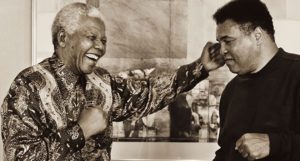
27. Though Mandela had admitted that he didn’t do enough to address the HIV/AIDS crisis during his presidency, after he left office, much of his work focused on combating the disease.
28. In 2005, he announced that his 54 year old son Makgatho Mandela had died of an illness related to AIDS. He urged South Africans to treat AIDS as an “ordinary” disease, instead of a curse for which, “people will go to hell and not to heaven.”
29. In addition to the 1993 Nobel Peace Prize, Mandela has received more than 250 awards, including honorary degrees from more than 50 universities worldwide.
30. In 2001, he became the first living person to be made an honorary Canadian citizen, and he was the last person to receive the Lenin Peace Prize from the Soviet Union.

